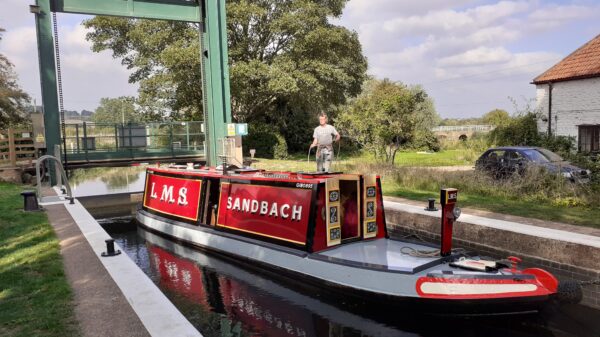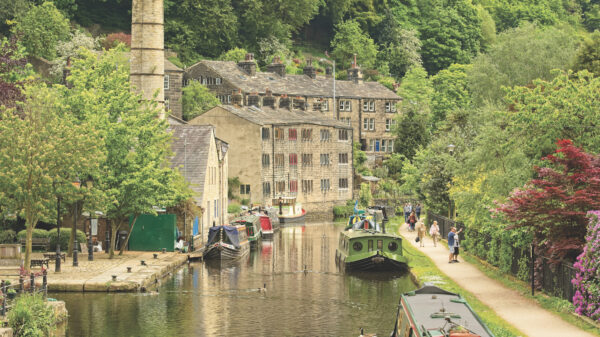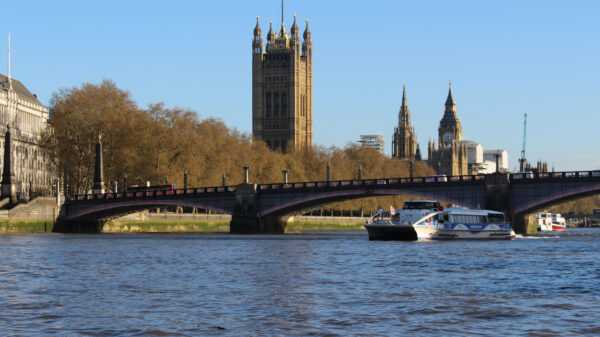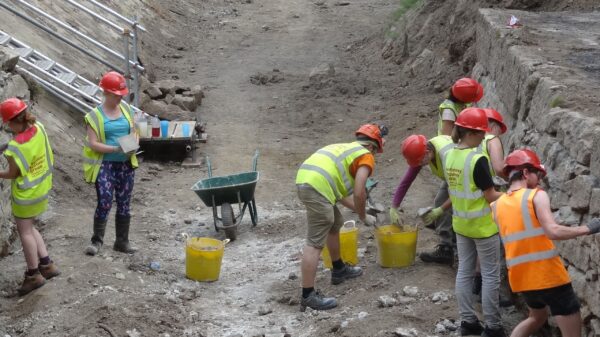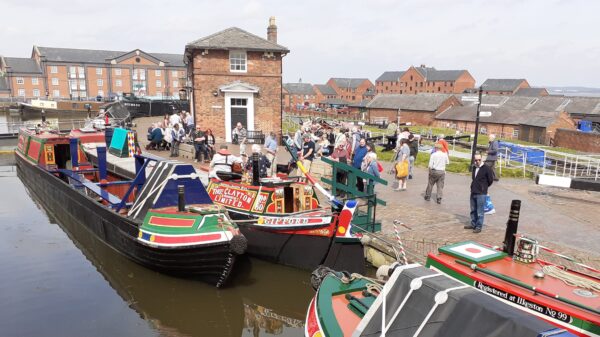HS2: Trent & Mersey Canal in Cheshire
HS2: Trent & Mersey Canal in Cheshire
The Trent & Mersey Canal will be affected by three crossings over a 2 mile section in the River Dane valley north of Middlewich, from south of canal bridge 177 to north of the Billinge Green Flashes at Whatcroft.
The impact of the 2016 Preferred Route on the canal is much greater than the original 2013 alignment which involved just one crossing of the canal. In the area of Whatcroft, the route was moved approximately 400m to the West and raised vertically by 3m, increasing the proposed track level above the canal water level at the three crossing locations.
The Trent & Mersey Canal is a linear Conservation Area throughout its 93 miles, designated for its historic and architectural significance and now used extensively for recreation. All three crossings are in scenically attractive and currently tranquil rural settings.
Construction of the proposed route will have a permanent visual and environmental impact on the Trent and Mersey Canal Conservation Area due to the height and mass of the viaduct structures and embankments and the operational noise. The proposed track level will be between 13m and 16m above the canal water level at the three crossing, and there will be a dominating view of the viaducts and embankments, rising up to 26m above adjacent land and the River Dane flood plain. It is essential to incorporate parapet or noise fence barriers at all three crossings to significantly reduce the operational noise effects of the railway.
During the construction stage all three rail crossings will require canal closures for unknown periods affecting boaters and users of the towpath, and the possible erection of temporary canal bridges. Any disruption to canal traffic should avoid the busy March to October period, and any temporary navigation closures in the winter stoppage period should be kept to a minimum.
Find out more
HS2 Phase 2B affects 16 inland waterways, both canals and river navigations, in at least 22 locations, including three canal restoration schemes.

